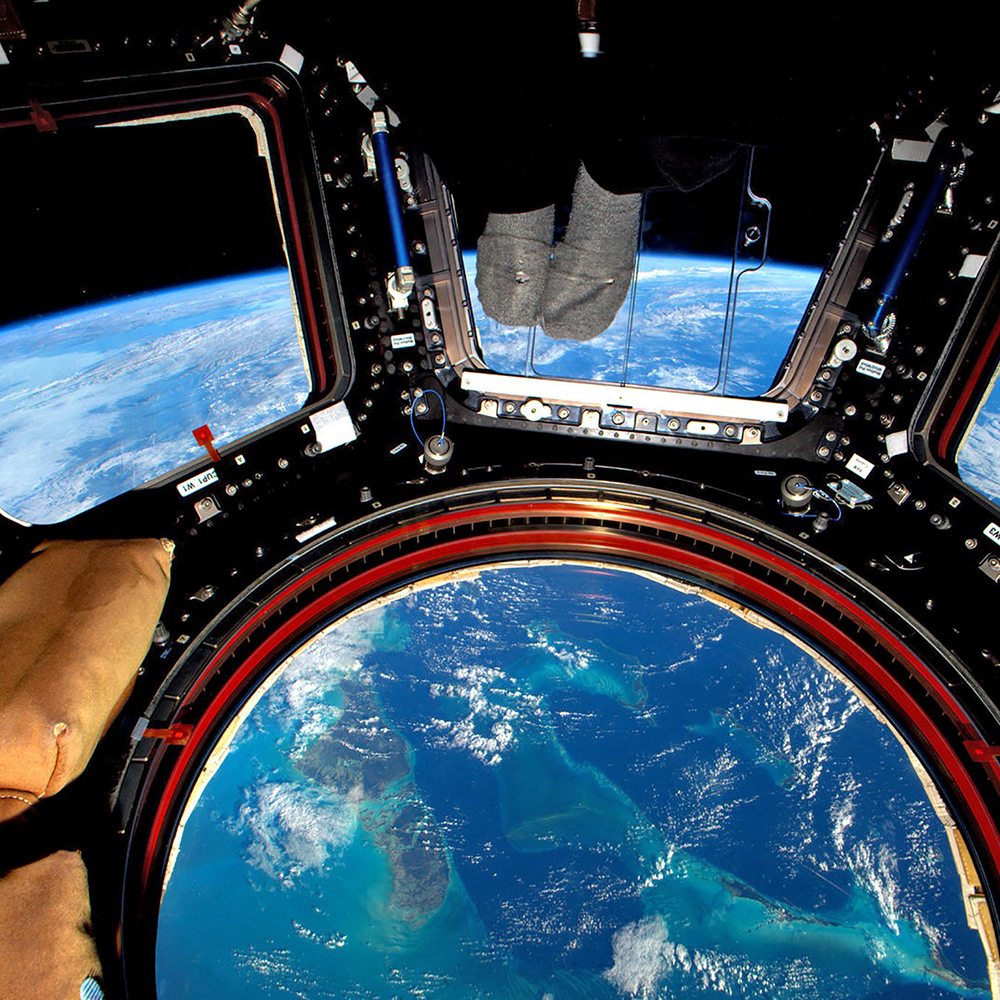When an all-electric supercar, the Tesla roadster, was used as the payload on SpaceX’s Falcon Heavy rocket launch in February 2018, it represented a coming together of Elon Musk’s ventures into planetary sustainability (i.e. electric cars and low-carbon energy) and inter-planetary expansion of our civilisation. Images of the “Starman” at the red sportscar’s steering wheel as it escaped Earth’s gravitational pull became a social media mainstay, signalling the arrival of a new, bold age of space-travel. A slightly less well-publicised item in the Falcon’s payload was Isaac Asimov’s iconic Foundation series of science fiction novels. Musk has proclaimed himself a big fan of Asimov and his ideas, providing a striking example of how far-sighted stories can influence and inspire us—and we should welcome and encourage this.

Contrast this level of ambition with our current visions of how the global energy system might evolve in scenarios that limit temperature change to well below 2 degrees Celsius above pre-industrial levels, as demanded by the landmark 2015 Paris Agreement on climate change. The most recent collection of such scenarios is included in the Intergovernmental Panel on Climate Change (IPCC)’s Special Report on 1.5 degrees Celsius. It makes for a comparatively predictable read. Replete with solar, wind, nuclear (fission only), electric cars, electric heaters and carbon capture and storage, most scenarios are little more than a grand scale-up of currently-available, or soon-to-be-available, energy technologies supporting currently-undertaken activities, even by 2100. Business-as-usual, in a different sense of the word to how it is usually invoked.
Yes, there are a few important and refreshing outliers, such as scenarios including assumed rapid shifts in mobility, heating and other energy usage patterns, as well as changes in diets such as decreased meat consumption and a reduction in the material intensity of manufactured and constructed products and infrastructures. By 2050 these can allow dramatic reductions in our energy use and greenhouse gas emissions, whilst providing us with critical co-benefits like lower air pollution, greater energy security and improved health. But even in these cases, the technologies that bring about the shifts are largely here already. By contrast, Kevin Kelly, one of the founding editors of Wired magazine, asserts in his 2016 book "The Inevitable" that many of the technologies with which we’ll interact in 30 years’ time haven’t yet been invented—think holodecks, virtual reality contact lenses, downloadable avatars and AI interfaces (Kelly’s imaginings, not mine).
Innovation starvation
In his 2011 paper "Innovation Starvation", Neal Stephenson bemoans a lack of innovative spirit in our current world view, and appeals for a more ambitious, more far-reaching and more optimistic view of the future. He has a point. The sense of discovery, technological advancement and adventure in current efforts to reach and eventually colonise Mars are arguably lacking when it comes to envisaging the low-carbon future, at least in mainstream scenarios.
There are some understandable reasons why. There must surely be a fear amongst any scientific group incorporating as-yet uninvented technologies into their models that they will get laughed out of the room. "That's science fiction, not science fact" (until it becomes fact, that is). And how can the cost and performance of such technologies be represented when they haven’t yet been invented? Doing so is clearly much more challenging than working with existing technologies. Yet some examples suggest we haven’t done particularly well even on known technologies (see figure below). And in his thought-provoking blog from 2017, Auke Hoekstra outlines an intriguing way in which we can characterise longer-term, more radical technological progress: he uses the example of the futurist Ray Kurzweil, who realised that he could predict when yet-to-be invented technologies might be commercialised, by understanding the rate of progress in technologies that support them (for example Better Cameras + Enhanced Pattern Recognition + Greater Computing Power = Autonomous Vehicles).

Technological leaps
A lot can change in 80 years, the timeframe to which we commonly project the future evolution of the energy system. Consider 80 years ago: we didn’t yet have transistor-based computers, spaceflight or nuclear power. Or even think back just 12 years, to 2007, when we didn’t have smart phones, and when few were talking about renewables competing with fossil fuel generators, nor electric vehicles competing with petrol and diesel vehicles, by this current point in time. Moreover, there’s no reason to suggest that technological change is linear, such that the difference between now and 2100 will be ‘only’ as comparable as the technological leap from 1940 to 2020. This is an interesting corollary to the warnings from meteorologists that the climate system may not respond to continued emissions of greenhouse gases in a gradual and linear way, with the possibility of large-scale, potentially irreversible, tipping points.
Profound change should be expected in the coming decades. Such change might pose risks to decarbonising, simply to avoid dangerous climate change, which needs to start happening immediately and at speed, with known technologies and solutions. But longer-term it might also be a good thing, since a profound global transformation is needed to meet our climate targets. This demands a more ambitious, more far-reaching and arguably more optimistic view of our technological future. Maybe we should ask the sci-fi writers how to solve this problem in the long-term—and take their answers seriously.

Note: This article is published under a CC BY license.








